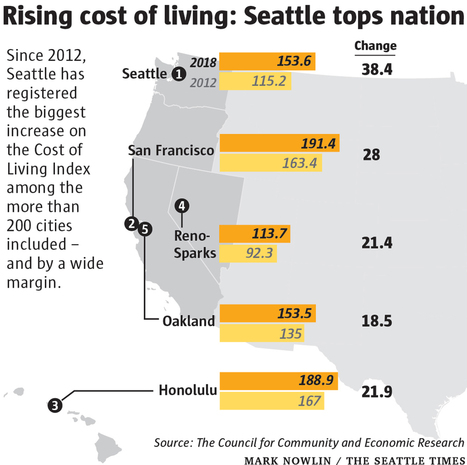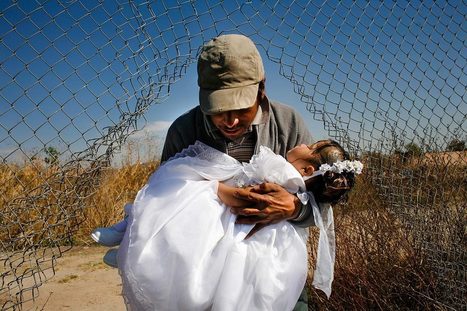"In so many ways, Seattle is an amazing success story, thriving and economically vibrant, drawing thousands of people from around the country and the world. But we’ve also paid a hefty price for our success. The sudden injection of tech wealth has made Seattle a more exclusive place. It’s exacerbated inequalities, pushing people out of the city or even into homelessness. Rapid growth has taxed our infrastructure, and the debate over where to house all these new people has divided the city."
Get Started for FREE
Sign up with Facebook Sign up with X
I don't have a Facebook or a X account
 Your new post is loading... Your new post is loading...
 Your new post is loading... Your new post is loading...

Corey Rogers's curator insight,
December 14, 2018 5:58 PM
Most of the time when you think of Mexico you hear poor and unsuccessful cities and countries. But that is not entirely true because Mexico City is a very successful Primate City and is one of the wealthiest places to be. People need to be more mindful and do more research before making assumptions.
|
Nicole Canova's curator insight,
March 23, 2018 11:21 PM
It is easy to see why this freight train is being called "the new silk road," with its similarities to ancient trade routes that brought spices, silks, and other goods to Europe for centuries. It will strengthen the links China has with countries throughout Eurasia. To what extent will it succeed? How did the Chinese reach their decisions on which countries the train should pass through and which should be bypassed? What are the economic--and perhaps political--implications for China's relationships with nations completely bypassed by the freight train, such as India, Iran, Turkey, Ukraine, Italy, etc.?

James Piccolino's curator insight,
March 24, 2018 10:12 AM
I can see why this would be considered a new silk road. I think that this idea is a great one and works wonders for trade between many cultures and countries along the way.

Kelsey McIntosh's curator insight,
May 3, 2018 10:18 PM
This article briefly discusses the train that travels from China to London. By sending this freight train, the Chinese president hopes to take initiative in the infrastructure. The route has been compared to the silk Road that was used as means of trade many years ago.

London Kassab's curator insight,
November 3, 2015 9:35 PM
Mexico is having a lot of internal migration within cities. Many different languages are disappearing and for a lot of the people literacy, racism, and other forces can often bring them to urban areas. Also the border isn't the only hope for migrants, bustling cities offer hopes of better lifestyle as well. L.K.
Clayton Nelson's curator insight,
December 16, 2015 11:14 AM
I believe migrants should be allowed to migrate to their destination. But there should of course be policies as to how many people come to one area at a time and such. In my opinion the main problem lies with those who exploit the border and migrate illegally as well as those who don't belong such as terrorists. Once this is resolved migration from Mexico to the United States or to anywhere will be much smoother. CN
tyrone perry's curator insight,
March 23, 2018 12:44 PM
The internal migration going on in Mexico is mainly comprised from the indigenous communities. They think that if they move to the city they can better their lives by getting an education and a wealthy paying job. But as they soon find out there is more problems than jobs and education. many of the personal videos show the hard path many of the people endure with very little success.
|















